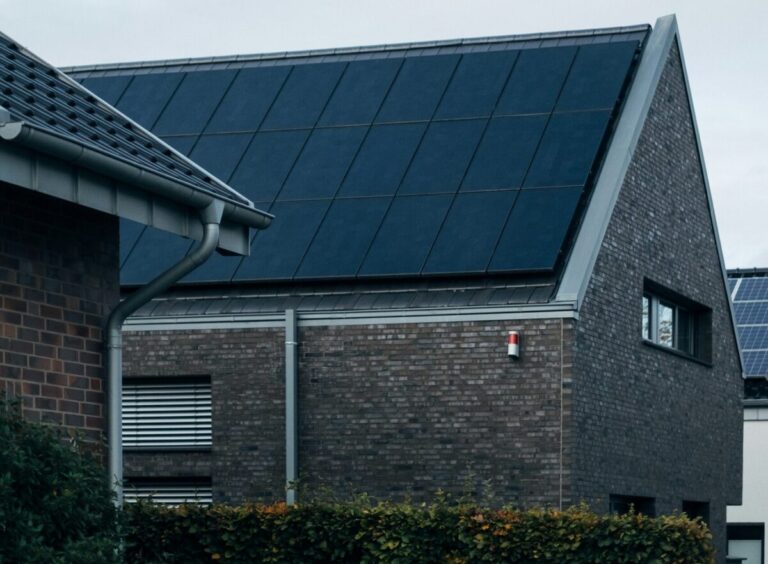University of Michigan researchers have found that the value of rooftop solar will increase by between 5% and 15% in a range of US cities under moderate climate change by mid-century, and by as much as 20% by the end of the century.
Researchers at the University of Michigan have found that climate change will increase the future value of rooftop solar panels in the United States by as much as 20% by the end of the century.
In “Climate change will affect the value and optimal use of solar energy on residential roofs”, which was recently published in Nature Climate changethe researchers quantified the effects of climate change on solar value and optimal capacity on roofs. They analyzed data from 2,000 households in 17 US cities and estimated air conditioning demand and solar panel performance in future climates.
Mai Shi, the lead author of the study, said pv magazine that this is the first study to quantify how climate change will impact the value of rooftop PV for households in the future.
“Value here means economic value – how much does a household save on its electricity bill if it installs solar energy on the roof,” Shi explains. “Our analysis captures how climate change will impact household electricity demand through increased demand for cooling and solar energy generation on household rooftops.”
The researchers say the value of rooftop solar will increase by between 5% and 15% in many US cities under moderate climate change by mid-century, and then by up to 20% by the end of the century . A greater increase in value was analyzed in houses with greater cooling intensity and in cities with increasing radiation and higher energy prices.
Of all seventeen cities, Miami and Orlando are expected to see the strongest increase in the value of solar energy. Shi said climate change in these cities is expected to increase solar radiation, which in turn will lead to more rooftop PV generation, while increases in air temperatures will lead to greater household electricity demand.
“Given the average lifespan of a rooftop solar installation of 25 years, a system built today will experience close to 2050 weather. Therefore, it is important for households to think about the future value when building solar energy,” Shi said. “If households do that, our findings indicate they would get even more value from solar energy and might decide to build more.”
This content is copyrighted and may not be reused. If you would like to collaborate with us and reuse some of our content, please contact: editors@pv-magazine.com.


